They were used to store kimonos and other personal attributes. There are different kinds of Isho-Dansu classified mainly according to their origin. (Sendai, Yonezawa, etc.) There are single or double cabinets in a wide variety of colors and with different sizes of hardware. These Isho-tansu (chest of drawers), Kaidan-tansu (tiered chests of drawers) and Yonezawa-karato were born in Yonezawa, an important textile producing region. Chests of drawers were first made in Japan during the late Edo period (18th-19th centuries). During the Meiji period, their production grew dramatically in many parts of Japan, giving rise to locally characteristic chests of drawers, notably Yonezawa Tansu. Many of them are Isho-tansu (chests of drawers), which can be separated into upper and lower parts, probably because Yonezawa produced a large number of textiles. There are other types of cabinets such as the red lacquered Kaidan-tansu (tiered chests of drawers) which are placed in a triangular space under the stairs and said to invite happiness, and the unique Yonezawa Karato Tansu which features casters. It is the work of a craftsman who sticks to traditional techniques from the selection of wooden materials to the production and finishing processes. Currently, only Nagai Kaguten, a furniture store opened in 1912, makes Yonezawa-tansu. Tansuya (tansu artisans) used both hardwoods and softwoods, often in combination for a single chest. This way, the chests were still light enough for transport, while also housing valuable (heavier) types of wood, such as keyaki. Features such as side handles and being made of multiple parts make such an ingenious piece of furniture easy to move around. They were lacquered and decorated with metal. It is the work of a craftsman who sticks to traditional techniques from the selection of wooden materials to the production and finishing processes. Currently, only Nagai Kaguten, a furniture store opened in 1912, makes Yonezawa-tansu. Tansuya (tansu artisans) used both hardwoods and softwoods, often in combination for a single chest. This way, the chests were still light enough for transport, while also housing valuable (heavier) types of wood, such as keyaki. Features such as side handles and being made of multiple parts make such an ingenious piece of furniture easy to move around. They were lacquered and decorated with metal. Sheet iron: The traditional material used in Japanese hardware had to be pounded into ingots until just a few years ago it was a laborious process, uneven in thickness, rusted easily and expensive to manufacture . In the Meiji era, a factory was established in the town of Kamaishi in northern Honshu to produce sheets using a pressing method: this made it possible to obtain iron with a smooth surface and regular thickness, thin enough to cut with shears rather than a chisel. the drawers pull backwards, the lock plates, T and L to cover and protect the corners could keep their security functions and be chiseled for engraving and openwork The iron handles on the sides to attach a transport post always have been forged. As Japan is prone to frequent earthquakes and fires, people should be able to quickly escape with their furniture out of the house. To secure the upper and lower part of the tansu q






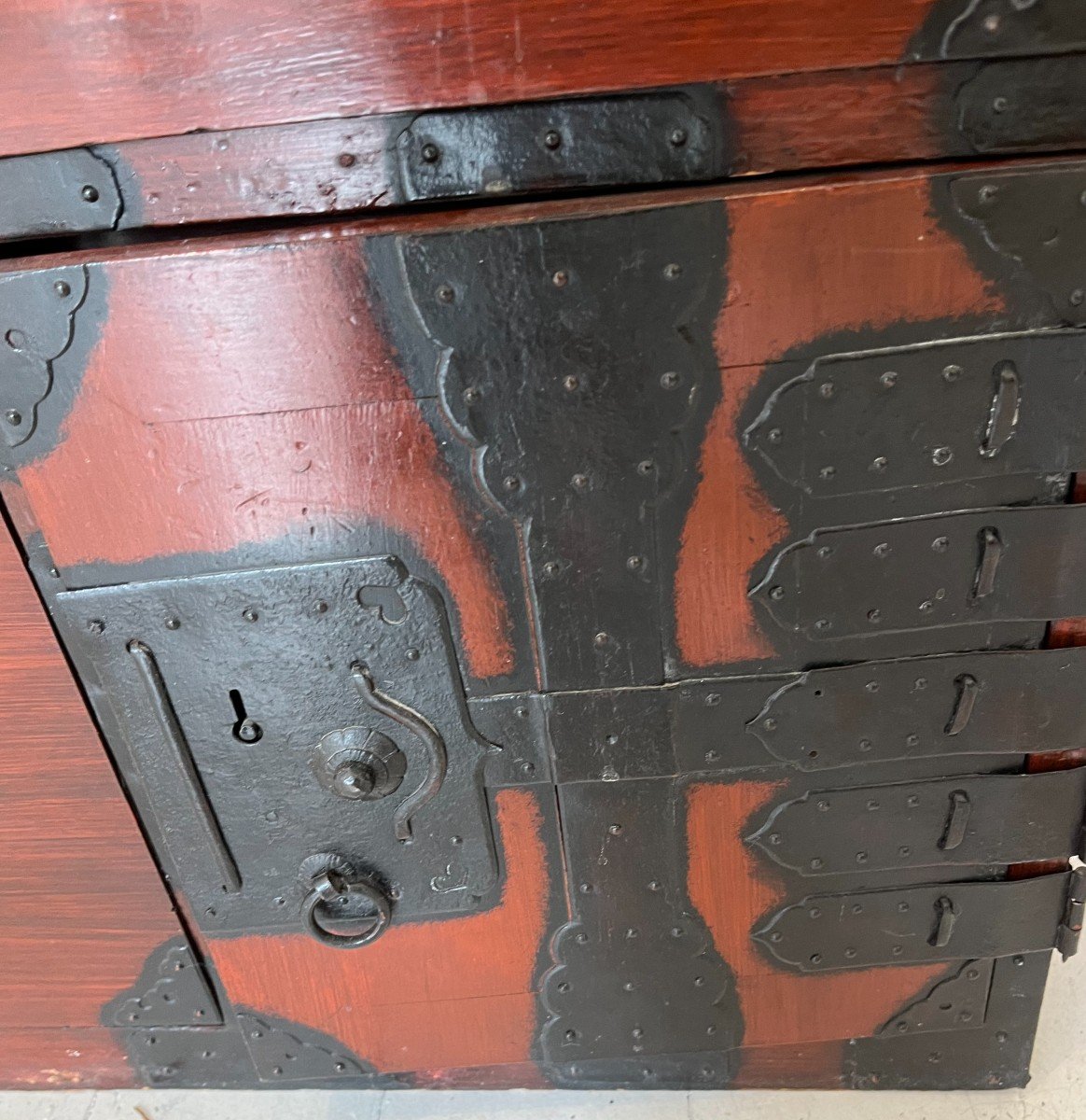





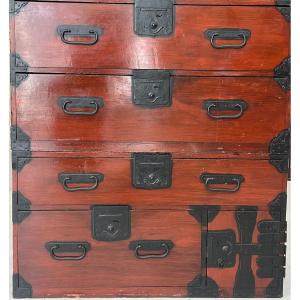










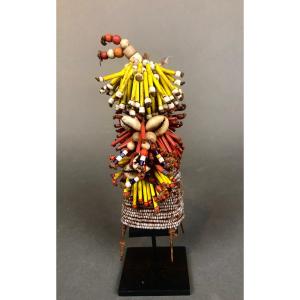
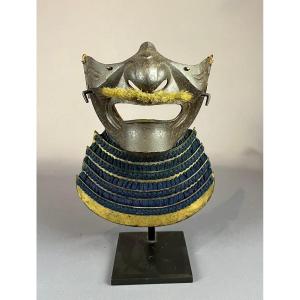
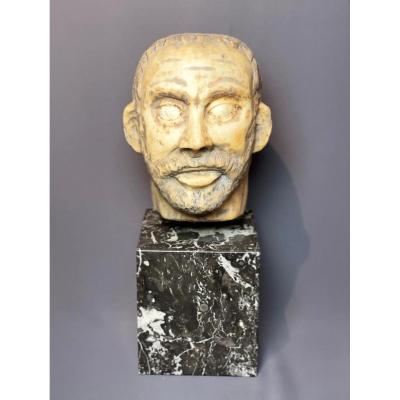
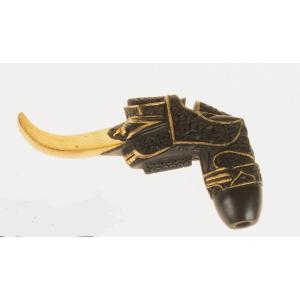

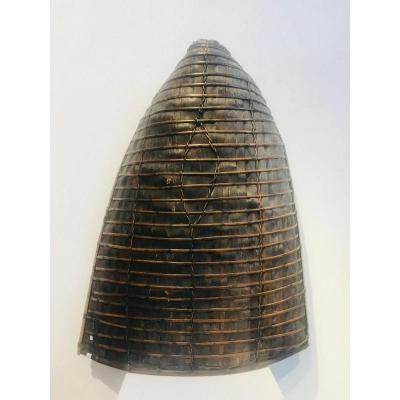

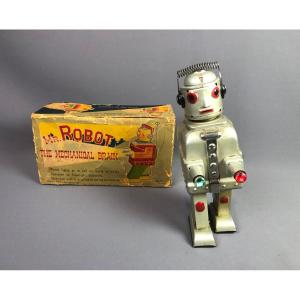
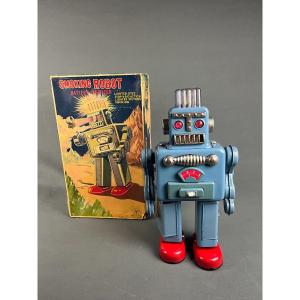
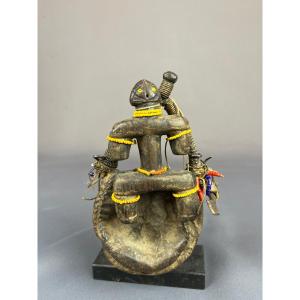



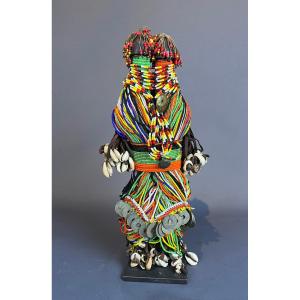
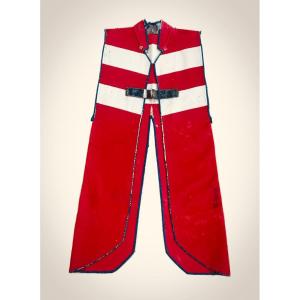








 Le Magazine de PROANTIC
Le Magazine de PROANTIC TRÉSORS Magazine
TRÉSORS Magazine Rivista Artiquariato
Rivista Artiquariato